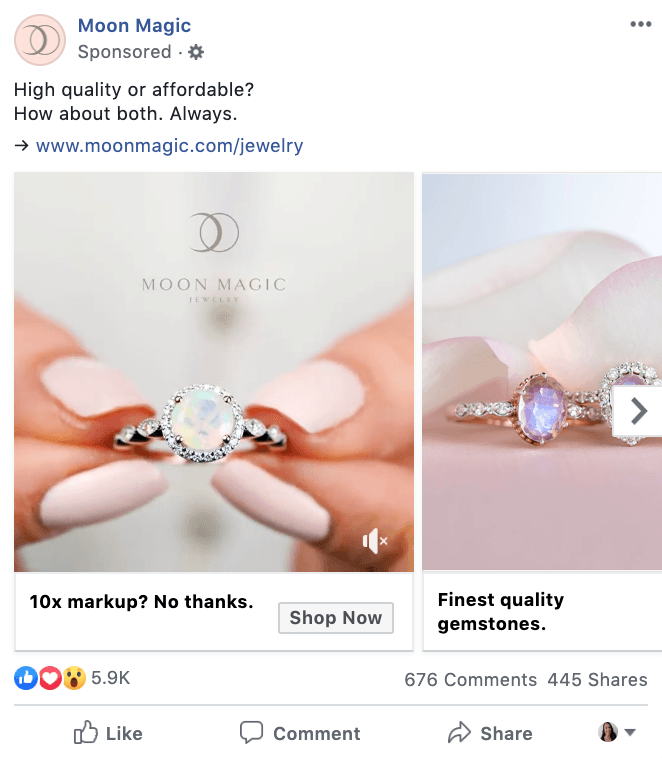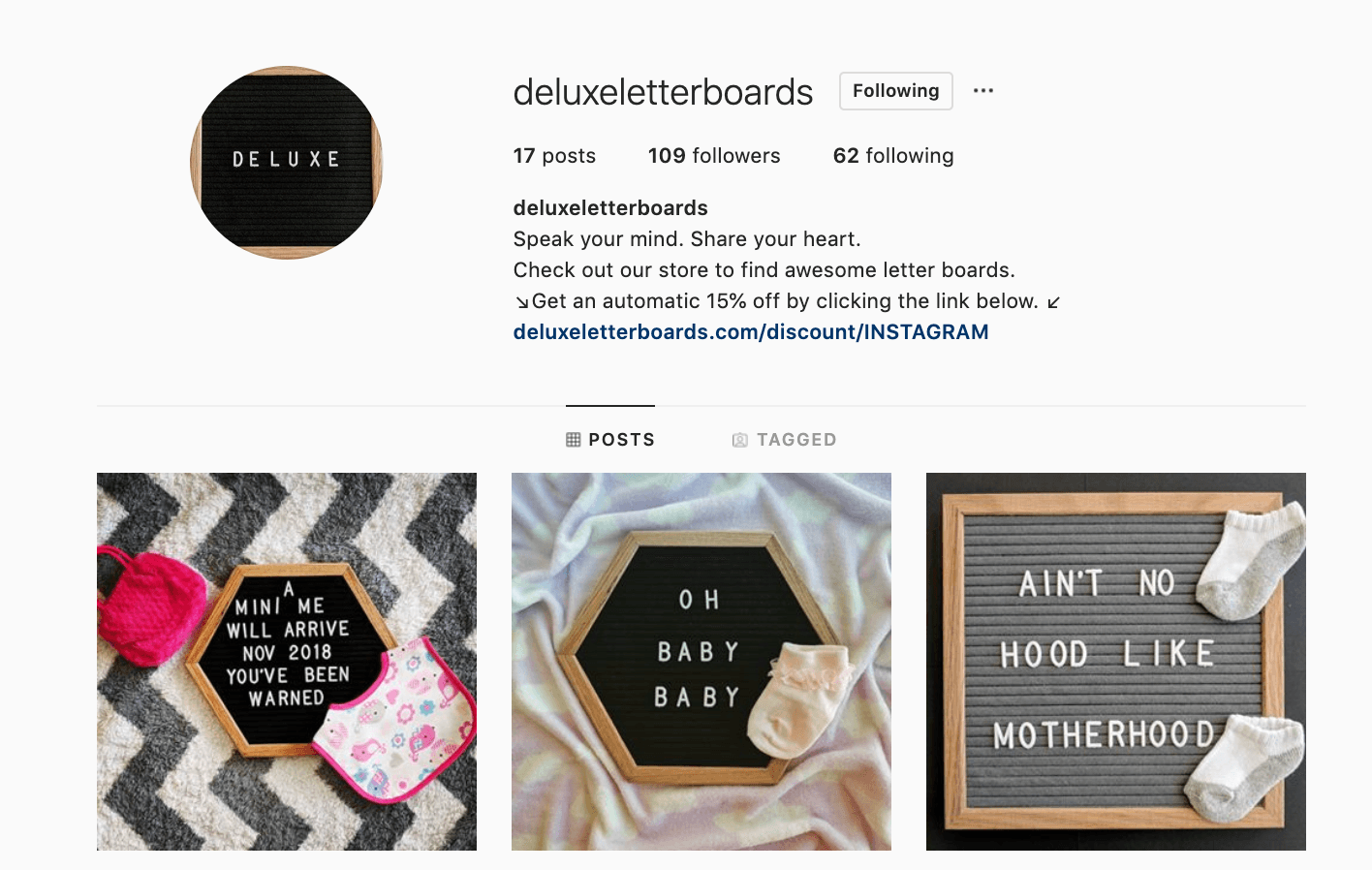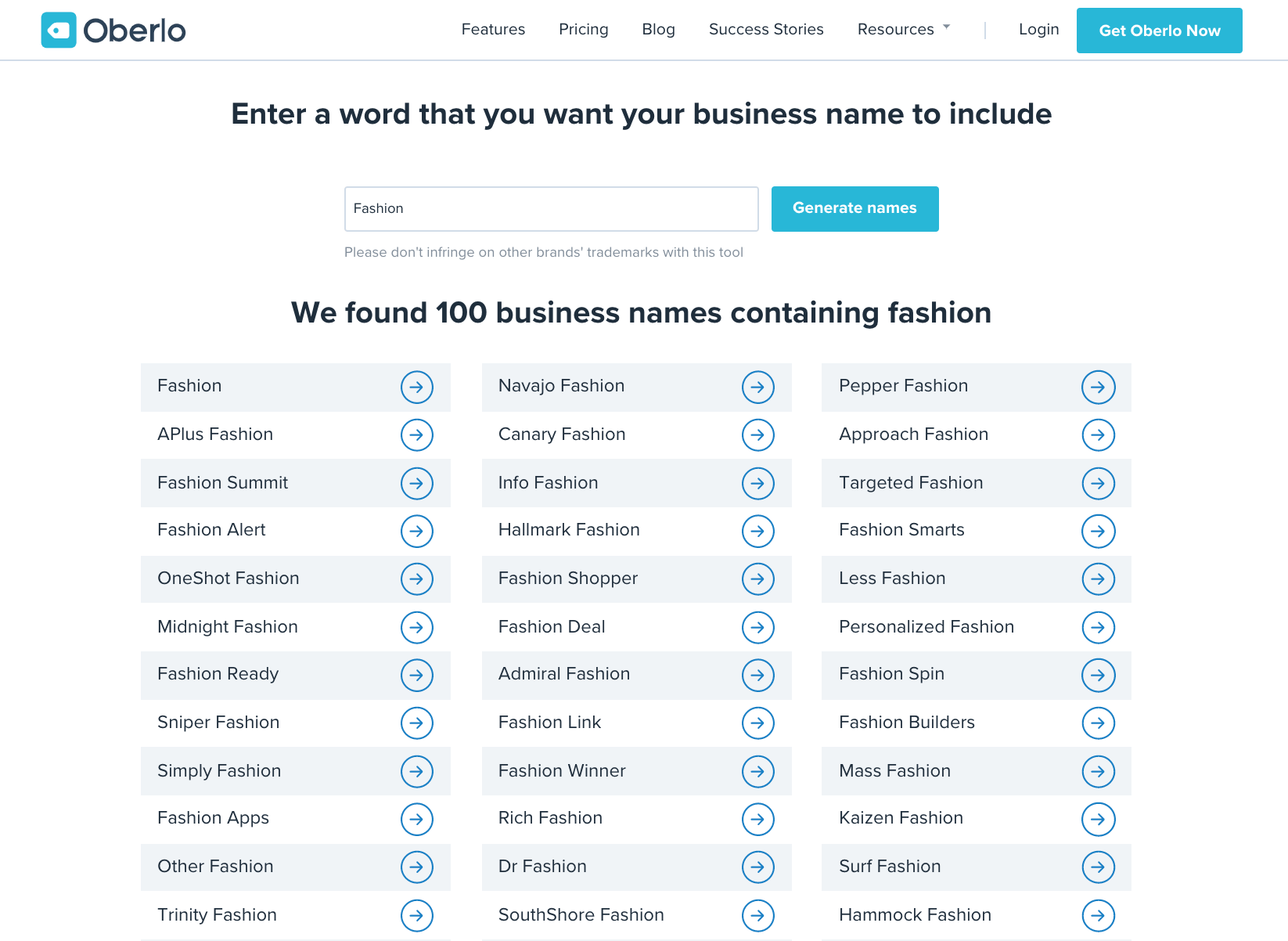You can’t scale a business without money, but that doesn’t mean you can’t start a business on a small budget. The payoff will be a bit delayed. But one day, you’ll get it. Instead of pouring thousands of dollars into ads, there are a few things to do first. In this article, I’m going to share the 10 things you need to do before spending money on your business so that you succeed long-term.



10 Things To Do Before Spending Money On Your Business
1. Research Your Competitors
Your greatest insights as a new entrepreneur can sometimes come from researching your competitors. No, really. When I launched my yoga online store, I saw my competitors’ ad and had my aha moment. I knew I just found a goldmine. Tons of people tagging each other in the comments. Likes like you wouldn’t believe.
Had I found the product on my own, it might still have been successful. But I wouldn’t have had the confidence to push it harder. However, seeing a competitor achieve so much success with the same product changed the game for me. I knew that this product had all the hallmarks of a winning idea. It was an impulse buy, the image matched my target audience, and the proof was in the engagement.
→ Click Here to Launch Your Online Business with Shopify
Seeing the success of this product from a competitor, gave me the confidence to promote it more aggressively. I knew that I too could come out on top selling this. And that self-confidence was enough to help me launch and promote hard and fast.
My competitor had already done the hard work of finding and testing the product. All I had to do was learn from it.
As a new store owner, you should spend time consciously scrolling through your Facebook and Instagram feeds just to see ads:
- How are they written?
- How much engagement do they have?
- What are they selling?
- How many people are tagged in posts?

You can learn so much from your competitors. Copy the competition.
2. Build an Audience
For a couple of my successful stores, I actually built an audience before building the store. I had purchased the .com domain of my Instagram handle just in case. However, I focused on building up an engaged audience first.
During this time, my strategy was to build a fan page instead of a branded account. The reasoning was that people would be more likely to follow a fan page rather than a feed of products. And I knew that I’d be better able to attract my exact audience.
My biggest wins came from reposting popular video content. I’d look at the top ranking posts under certain hashtags and repost it to my account, always crediting the creator. That way I was always sharing viral content. The fan page was made up of curated content rather than original content. One of my fan pages was about dogs and since I didn’t have a dog of my own, content curation was the best strategy.
After a few months of doing this I was able to skyrocket my Instagram followers into the thousands. So, when I finally did launch my store, I had an audience that I can promote products to.

Even if you’re currently working on a store, you should always have a few social media accounts that you’re growing in different niches in case you need to eventually pivot from your niche. Build audiences first and you’ll be ready to generate sales out of the gate when you launch.
3. Save Money First
Running a business costs money. Subscriptions aside, you’ll need to have cashflow to buy products when you get sales. Plus, it costs money to invest in ads. You’ll want to have saved up a few thousand dollars that you can invest in your business without going into debt.
This can be done by taking up active income streams so you can save money at a higher rate. Or you can set aside some money from your 9 to 5 job that you can reinvest into your business.
You should save up at least a couple thousand dollars to last you the first few months when you start experimenting with ads.
Ultimately, the goal of building an online store is to make money online. And having money set aside to experiment and grow your business can help minimize the risk of loss. You don’t want to go into debt from making the wrong financial mistakes early on.
The early stages will require experimentation and failure. And while that does have a price tag, there is a smart way to do that.
4. Start Marketing on a Platform You’re Familiar With
One of the smart ways to experiment is to stick with platforms you’ve used before. For example, if you use Instagram everyday, you probably want to focus on marketing your business on Instagram first.
Most people just dive into Facebook Ads because “that’s what everyone else is doing.” But you can’t realistically expect your ads to succeed if you’ve never created an ad before.
However, if you always spend an hour on Instagram everyday, you’re constantly exposed to different types of posts. You see which types of posts get a ton of comments, which of your posts get a lot of likes, and which ads always pop up on your feed.
And while you might not consciously notice that you’re doing it, your brain has taken in so much information about what performs well on Instagram. And so, when you start building your Instagram account, you build something that’s more likely to succeed.
As you grow, of course, you’ll need to know how to use Facebook Ads and use platforms that you have less experience in. But when you start, there’s almost too much to learn. And by sticking with what you know, you can get proof of concept that you’re targeting the right niche.
If you’re an Instagram rockstar, that’s exactly where you should start marketing first. The focus of having only one marketing channel in the beginning will allow you to scale the growth of that channel.
You’ll still want to create accounts for other channels for when you eventually start expanding. But solopreneurs often don’t have the time to be running an online store and seven social media accounts. Keep things simple in the beginning to set you up for long-term success rather than short-term burnout.
5. Hustle (It’s Free)
Sometimes when stores don’t make money online, the failure comes due to a lack of effort. Most people turn on a Facebook ad and expect that ad to do all the heavy-lifting for them. And when it doesn’t, they get frustrated. They complain that dropshipping doesn’t work or that other people’s successes aren’t real.
But before you even create an ad, you actually need to hustle… a lot. For my yoga store, I created several yoga quote articles tagging influencers on social media to get them to share the posts. And I created a lot more than one blog post. I even created custom graphics. I put in the effort to make sure it would rank well long-term. And long-term they still do bring traffic to this day. My first ad was actually a retargeting ad. The most affordable type of ad you can use on Facebook with one of the highest ROIs. You’re going to need to make sure you have the Facebook Pixel installed on your store. Otherwise, the retargeting ad won’t work.

The traffic was super relevant. And having the ad monetize the blog this way allowed us to get our first few sales. And this helped us bring in our first couple of customers. That way when we would go on to eventually create an ad, we could simply use a lookalike audience to help us find more customers like that. Thus, making ads more effective long-term.
If you do decide to spend money, start with a retargeting ad. You’ll need that extra ounce of hustle to get traffic to your website in the first place, but the cost of acquisition will be a lot lower.
6. Become a Content Creator
When building a letter board store, I quickly realized that one of the quickest ways to achieve success is to be a content creator. Content comes in many forms. They can be videos, pictures, graphics, blog posts, infographics, audio, online courses, and more.

The most successful online stores tend to create their own content which helps elevate their brand. I know I gave a huge shout-out to content curation earlier in this article, but if you can create content, you should. Having unique content that you can share on social media will open up new doors for you. For example, you’ll get media reaching out to you to share your content on their website. Other brands might repost your content on their page and credit you. People start to follow you because you post the exact type of content they’re looking for.
You might not feel comfortable creating all types of content. And that’s okay. Create the type of content you feel most comfortable creating. But when it comes down to creating content, you want to make sure you follow a consistent schedule that helps followers count on your posts. Ultimately, the more content you create the more likely you’ll be found by the right audience. Success in content marketing comes from compounded content creation over time.
7. Find Alternative Free Tools
For every paid tool, there’s likely a free version of that same tool. With a little help from Google, you can gain access to those tools to save some extra money. Here are a few examples of tools with free plans:
Graphic Design: Canva
Background Remover: Remove.bg
Stock Photos: Burst
Logo Design: Shopify Logo Maker
Social Media Automation: Buffer
Spreadsheets: Google Sheets
Word Processor: Google Docs
Presentations: Google Slides
Communication: Slack
Website review: Hubspot Website Grader
Email: GMail
Video Conferencing: Google Hangouts
Productivity: Evernote
Competitor Research: Ubersuggest

With all of these tools, you can be on the free plan. While it may sometimes be a bit more tedious than if you were using the premium version, these free versions are great cost-effective alternatives you can use in the beginning. Instead of investing in paid tools off the bat, you can save money on tools. That money saved should be used to reinvest in your business.
8.Validate your Product Idea
Before spending money on your business, you’ll want to validate your products. You can do this a number of ways. You can promote your products on social media, in groups and forums, or by buying a physical sample and trying to sell it in person.
You can also validate your product by using Google Trends to determine the popularity of the keyword. Is it trending upward or downward? Is this the best time of year to be selling this product?
You can also use tools like Keywords Everywhere to look at the estimated search volume of a keyword. For example, “diamond painting kits” has 33,100 monthly searches and could be a viable product. But “bead kits” only has 2,400 monthly searches so it might be a bit harder to sell.
9. Promote on Free Channels
When you only have access to a limited budget, you should focus your promotion efforts on free marketing channels. For most people this will either be SEO or social media. The upside is that the effort you put in will pay dividends down the road. And it’ll keep your acquisition costs lower allowing you to run a profitable business. The downside to these channels is that they don’t make sales overnight. You’ll need to invest in building out your channels knowing that in the early stages, the sales just won’t just come to you. It’s a long-term play but a profitable one.
You can create SEO friendly blog posts to drive relevant traffic to your website while building an email list of relevant people. This email list can be used to remarket to customers overtime. You can also build social media accounts on any relevant social platform. If you’re in the wedding niche, you might choose Pinterest. If you’re in the women’s fashion niche, you might choose Instagram. If your target audience is over 50, you might choose Facebook. Ultimately, you want to choose the platforms that makes sense for your business. By picking one channel, you can post a few times a day to ramp up your account to build an audience faster.
10. Reach Out To Your Theme Developer
When working on online stores for the first time, most people turn to Shopify Apps to add features or elements to their website. However, the first person you should always contact your theme developer. On multiple occasions I was able to get the developer to add features using existing theme elements.
For example, maybe you want to add your footer email opt-in form to the middle of your blog post. Some theme developers may do this for you for free. If you notice a dropdown isn’t working well, you can reach out to the theme developer to fix it for you.
Before you spend money on Shopify apps, try asking your theme developer if they’re able to make a change or two. Ultimately, the change has to be made with existing elements on your store. You can’t ask them to create a countdown timer or build a new feature. But there are reasonable requests that they’ll do for you for free.



Build For The Long-Term
Investing money into your business is essential long-term. However, by being more conservative in the early stages, you’ll build the right skills while growing organically. Building for the long-term can be a bit boring. But it’s better to build slow than to not build at all. While there will be costs involved in the early stages, you can keep costs low. Running a dropshipping business doesn’t need to be expensive. If you put in the right work to build a proper foundation, you can generate sales with a lower acquisition cost. If you don’t have a lot of money to spend, build slow because you’ll still grow.



